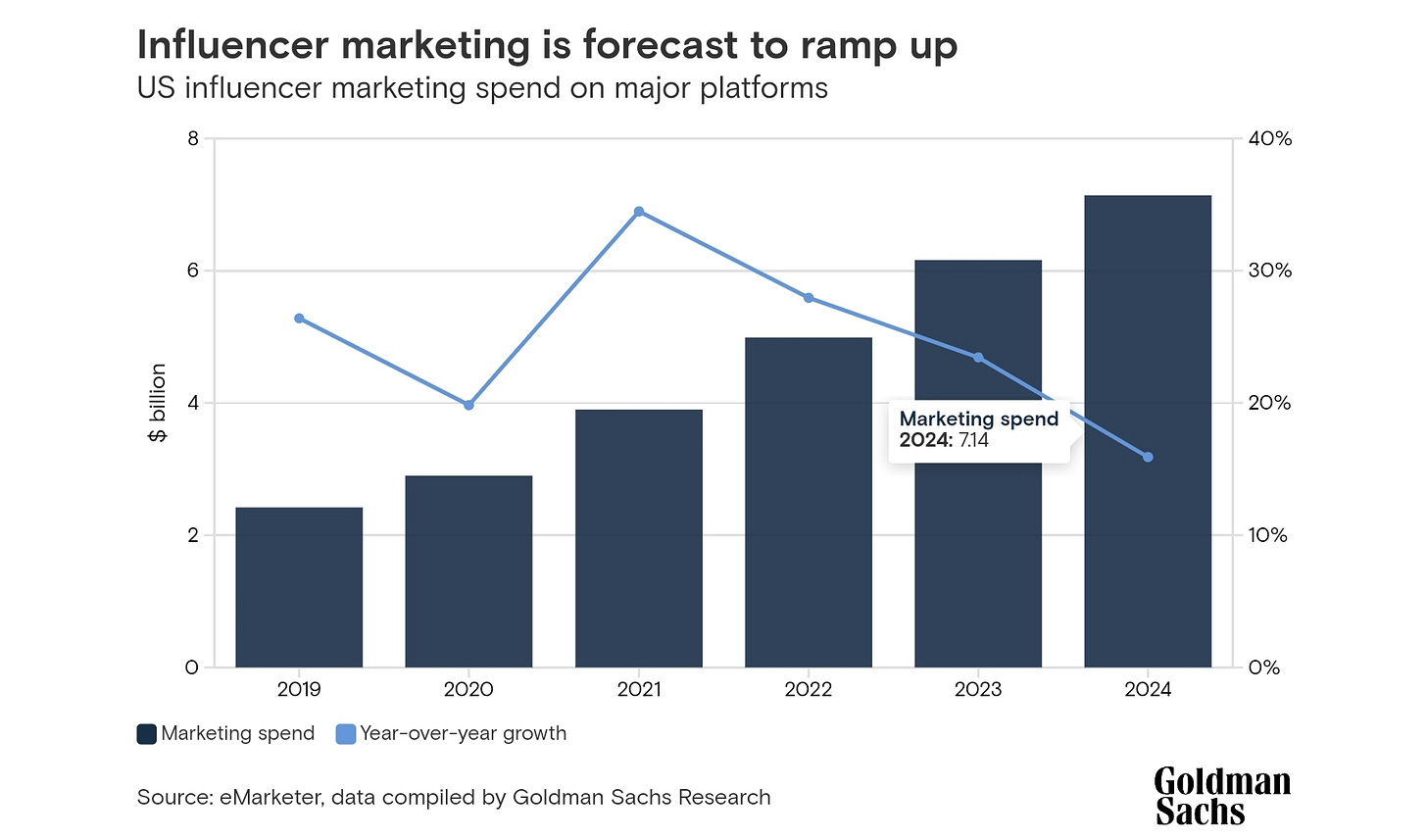
The Banality of Pricing the Priceless
We price the priceless all the time, but how do we do it? Through the lens of cultural economics, I explore the apparent paradox and the emerging rules for the creation, distribution, and pricing of “cultural goods”, including Substack posts.
Behind the paywall of this post, I revisit the theme of “Naming the Price”, developed so far through M2 Dialogue (M2D). Naming the Price is also the theme of my weekly series of LinkedIn posts to be published — henceforth and until further notice — every Monday morning at 9:00 a.m.
That seems like a suitable time to address my professional network. Through our professional networks, we “render onto Ceasar”, and I can't think of more suitable themes for a professional network than the rules of the game, the New Theory of Value (NTV), and other correctives to the default settings of the attention economy.
Also
The Meaning of Monday
I now look forward to Monday mornings. I have redefined the ‘Monday Mood’. Monday morning, for me, is a time dedicated to the defense of Real Value from Bad Theory that systematically misprices value and risk. In this defense, there's no space for nostalgia. I don't idealize a saner time uncomplicated by the latest tsunamis of economic madness. Instead, I simply focus on Naming the Price. Monday is my NTP day.
What Am I Selling?
I sell Dialogue as a Service (DaaS), which includes Conversation as a Service (CaaS) and research-based Responses to Problem Statements (RPS). Properly understood, the service is preciseless, but it's also accessible through monthly and yearly subscriptions to this Substack. Here's my pitch:
Think of a problem in your life or work that remains unabated despite the application of your own problem-solving strategies and the perspectives of experts from established advisory arts. Then, write a paragraph-long problem statement. Through a DaaS subscription, you can receive post-corporate, post-ideological, research-based, iterative responses to your problem statement, both in writing and through dialogue. If your problem statement points to your employer's problem, you may be able to receive full reimbursement from your employer for the cost of a DaaS subscription.
That’s my ‘elevator pitch’ — I think short enough for a long enough elevator ride. If you're still with me, see the details below.
Naming the Price
Free
Much of my written work is available for free on M2D and three free Substacks. However, most of the content on DaaS will be published behind a paywall.
Tier 1
Tier 1 subscriptions to DaaS ($1,000 per year) include access to all published content on DaaS, an hourlong DaaS session, and two 90-minute DaaS sessions with research-based responses to the subscriber's problem statement (aka RPS report).
Tier 2
Tier 2 subscriptions to DaaS ($2,000 per year) include access to all published content on DaaS, an hourlong DaaS session, two 90-minute DaaS sessions with RPS reports, and four newsletters providing research-based responses to the subscriber's problem statement.
Get Started
The NTP Agenda
The Future of Work: Beyond Lip Service
The End of Hourly Billing: Honoring the Gift of Attention
The Potential and Pitfalls of Subscription-based Billing
Related Sources
“Subscription science”: Physician-influencers, social media, and conflicts of interest
Although concern about financial COIs, in particular payments from pharmaceutical companies and device manufacturers, have resulted in significant action to provide at least some transparency, there is another form of COI that is often financial that has received less attention. I was reminded of this form of COI as I cursed Benjamin Mazer and Michael Rose for having beaten me to getting a commentary published in the peer-reviewed scientific literature about it, Subscription science: how crowdfunding has become a conflict of interest.
The creator economy could approach half-a-trillion dollars by 2027
Only about 4% of global creators are deemed professionals, meaning they pull in more than $100,000 a year. Goldman Sachs Research expects their share of the creator universe to stay steady even as the overall ecosystem expands.
The two landmarks of art history and economics, Johann Winckelman's Geschichte der Kunst des Altertums and Adam Smith's An Inquiry into the Nature and Causes of the Wealth of Nations, are almost contemporaneous. This should have paved the way to a good understanding between the two emerging disciplines.


